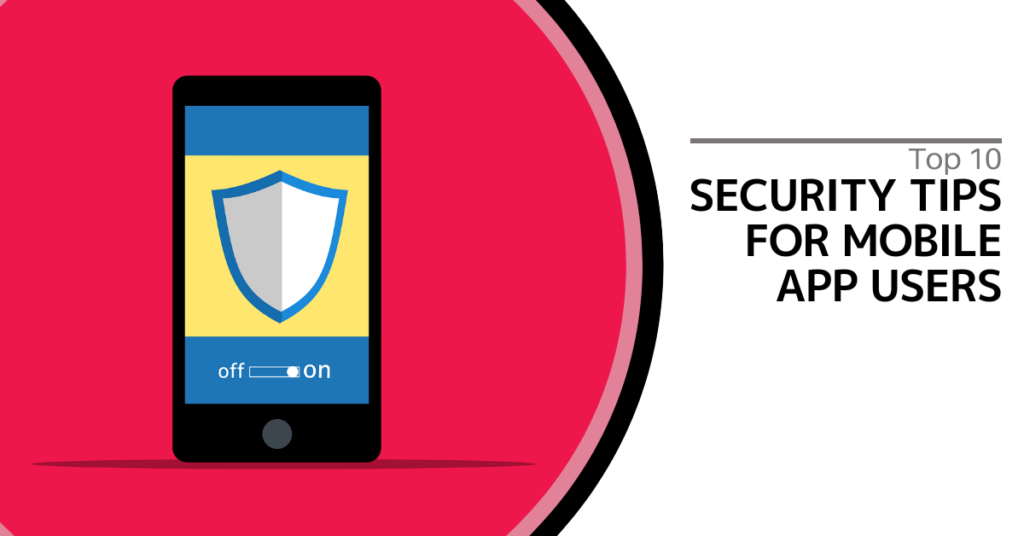|
Getting your Trinity Audio player ready...
|

Everyday existence heavily depends on mobile applications. The majority of internet activities including online browsing and social communication, as well as shopping and banking management, occur through mobile apps. However, mobile app convenience exposes users to cybersecurity risks because cybercriminals increasingly focus on mobile platforms to carry out data theft and exploit security weaknesses.
Mobile app security research by Asee reveals that more than 75% of all published mobile applications contain security flaws. The data protection risk exists for three out of four mobile applications installed on your smartphone. This ten-point guide explains fundamental yet important methods to safeguard your mobile app experience and defend your data integrity.
Why Mobile App Security Matters
The security threats extend beyond rare or unusual mobile applications. Vulnerabilities exist within mobile apps regardless of their download numbers—even those reaching 5 million. The leakage of login credentials from business-related apps occurs at a rate three times higher than other types of apps.
Using mobile apps without proper precautions exposes you to major security risks, which include both unauthorized access and data theft. Smart security practices provide protection for your phone together with your personal information.
10 Fundamental Security Guidelines for Mobile App Users
Regular users of mobile apps need to follow these ten security tips to protect their digital lives:
1. Stick to Official App Stores
It is crucial to obtain your mobile application through trusted platforms such as the Apple App Store or Google Play Store. Security checks performed by these platforms help ensure apps are safe for users. Avoid downloading mobile applications from untrusted websites or third-party stores, as they may conceal malware or spyware beneath app interfaces.
2. Review Ratings and Feedback
Check user reviews and the rating of a mobile app before installation. A mobile application gains trust from positive user feedback and substantial download numbers. Reconsider installing any mobile app with persistent complaints about bugs or security flaws.
3. Inspect App Permissions
Users should exercise caution when mobile applications request permission access. For example, a calculator app does not need access to your camera or location. Only grant permissions that are essential for the app’s proper functionality. Avoid mobile apps that demand excessive permissions.
4. Keep Your Operating System Updated
Your phone’s operating system defense becomes stronger through periodic updates that address known vulnerabilities. Security patches provided by these updates block attackers from exploiting weaknesses during mobile app use.
5. Use Unique, Strong Passwords
Many mobile applications require users to create login credentials. Avoid weak or repeated passwords across platforms. A strong password should be lengthy and include uppercase and lowercase letters, numbers, and special characters.
6. Turn On Two-Factor Authentication
Enable two-factor authentication (2FA) whenever a mobile app offers it. This extra security measure sends a verification code to your phone or email, making unauthorized access much more difficult.
7. Avoid Public Wi-Fi for Sensitive Tasks
Public Wi-Fi networks are prime targets for cybercriminals. Never access banking or email mobile apps on unsecured public connections. If necessary, use a trusted VPN to encrypt your data while connected to public Wi-Fi.
8. Sign Out When Not in Use
Log out of mobile applications, especially those storing personal or financial data, after each session. Logging out adds a layer of protection in case your device is lost or stolen.
9. Keep Apps Updated
Mobile app developers release updates that fix bugs and improve security. Enable automatic updates or regularly check for the latest versions to keep your mobile apps secure.
10. Activate Built-In Security Features
Make use of your phone’s fingerprint scanner, facial recognition, or biometric login options when using mobile apps. These features add barriers that prevent unauthorized users from accessing your applications, even if they gain possession of your phone.
Final Thoughts: Stay Smart, Stay Secure
Mobile app safety begins with awareness. Your data remains secure when you practice responsible app downloads, manage permissions wisely, and consistently update your technology.
These simple but effective actions reduce your exposure to cyber threats. If you need help evaluating a mobile app’s safety or setting up security measures, don’t hesitate to consult a trusted expert.
Twintel has grown into an expansive, full team of IT services professionals, acting as the outsourced IT department of non-profits, small to mid-size businesses, and enterprise-level corporations in Orange County, across California, and nationally.
Today, it’s the strength and deep expertise of the Twintel team that drives positive outcomes for clients. Each of the support staff, technicians, and engineers works diligently each day to make sure that the companies served have the seamless, secure, and stable IT environments needed to allow them to pursue their organizational objectives.